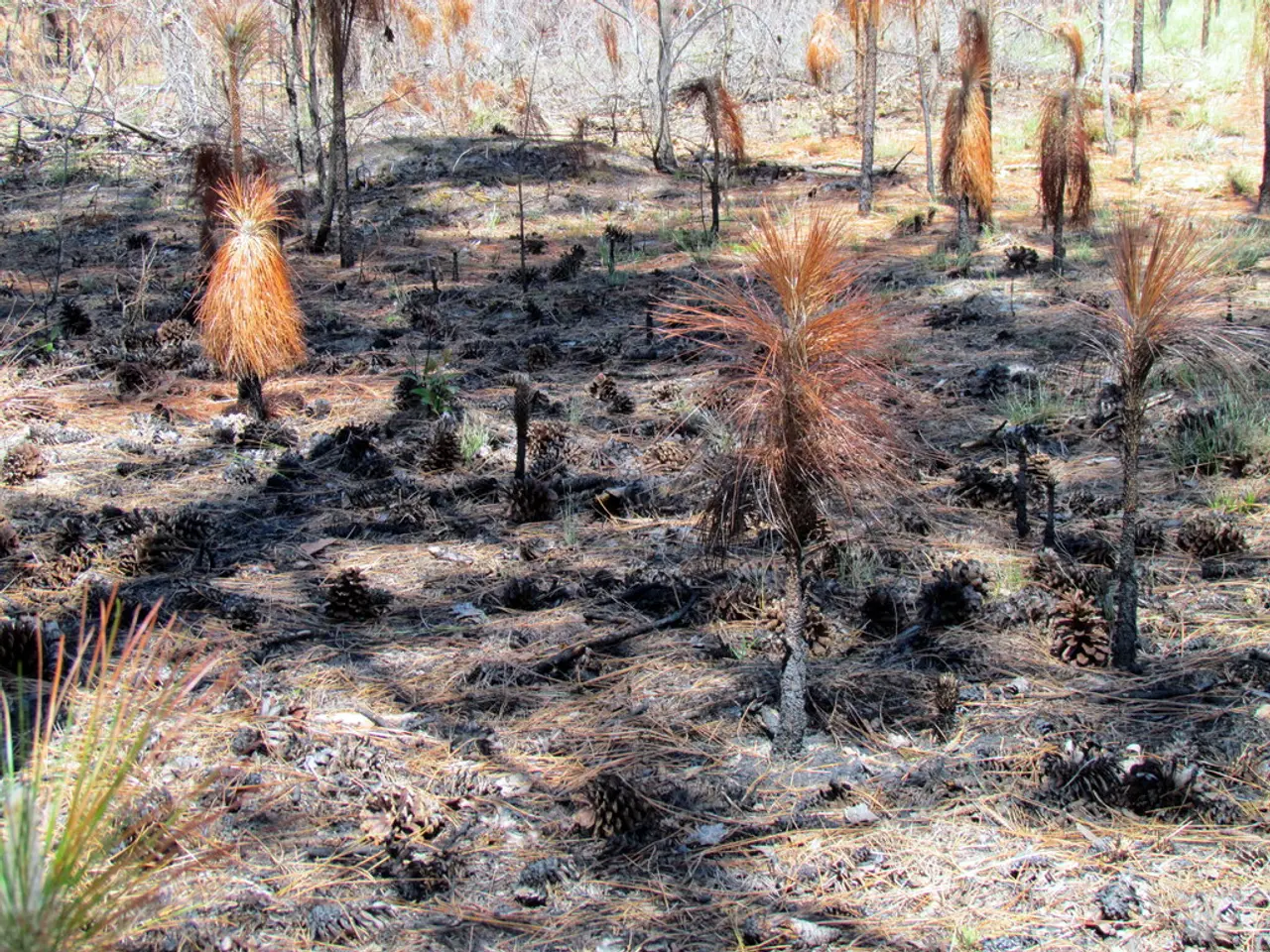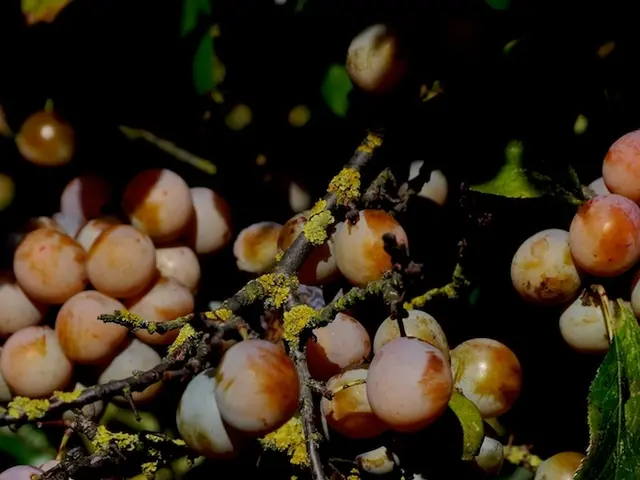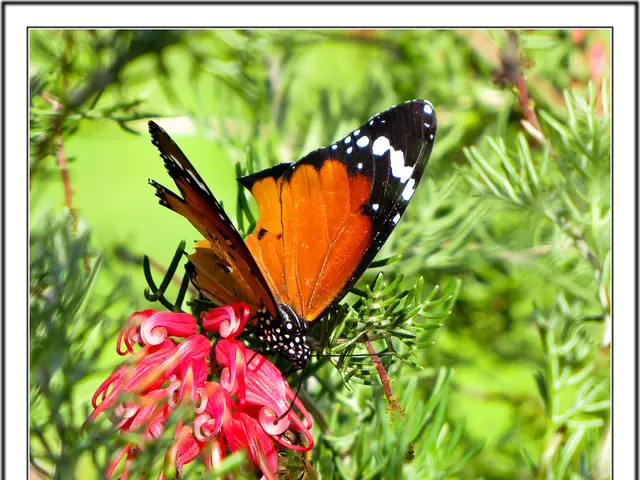Guideline for Establishing Miniature Climates by Utilizing Permaculture Methods
In the face of climate change, the ability to create resilient microclimates is becoming increasingly crucial. By employing smart ideas from permaculture, we can build strong and flexible systems that thrive even in challenging weather and environmental conditions.
Microclimates are small areas with their own unique climate, shaped by factors such as topography, aspect, slope, altitude, and structures. These climate differences are key for good permaculture design, as they offer opportunities to create diverse spots for plants and animals, boosting biodiversity and productivity.
One way to manipulate these microclimates is through the use of techniques like mulching and cover cropping. These practices regulate soil temperature and moisture, reduce erosion, and improve soil health, helping to moderate local microclimate conditions.
Water harvesting and management are also essential. By capturing and storing water through methods like rainwater harvesting, swales, and ponds, we can increase humidity or moderate temperatures locally. Terracing and contouring land, such as Sepp Holzer's mountain permaculture methods, slow air movement and create sheltered, warmer growing zones.
Agroforestry and strategic tree planting are other effective strategies. Trees provide windbreaks, shade, and humidity retention, modifying light, wind, and temperature at ground level. Companion planting pairs plants that help each other, boosting biodiversity and soil health.
Layered planting design, integrating animals, and minimizing tillage are additional techniques that contribute to creating strong and healthy microclimates. Layered planting uses canopy trees, understory shrubs, and ground covers to build microclimates with varied light and moisture conditions. Integration of animals like livestock or poultry influences soil fertility and microclimate via nutrient cycling and land disturbance. Minimizing tillage and maintaining organic mulch layers stabilize soil temperature and moisture levels, supporting healthy soil ecosystems that influence aboveground climate effects.
In some settings, designing to reduce excessive humidity by enhancing air flow and drainage is necessary to create drier microclimates when needed. In cooler climates, creating warm beds or Hügelkultur beds that generate heat through decomposition can extend growing seasons.
Experts like Shantree Kacera, D.N., Ph.D., are leading the way in veganic permaculture and forest gardening, while Geoff Lawton, a renowned PDC Designer and Teacher, believes that solving global problems in gardens is not just possible but necessary for a better future. Urbanization can make cities warmer than suburbs, changing local weather, but examples like the Central Rocky Mountain Permaculture Institute, Sepp Holzer's Krameterhof farm, and the Edible Tree Crop Farm in Nelson, New Zealand, demonstrate permaculture's success in creating thriving microclimates in diverse settings.
Effective microclimate management requires constant climate data collection, watching, and adjusting to understand how well the microclimates are working and to make adjustments when needed. As we navigate the challenges of climate change, the future of microclimate creation in permaculture is linked to tackling global issues like climate change and food security, with new tech and growing interest in urban permaculture.







